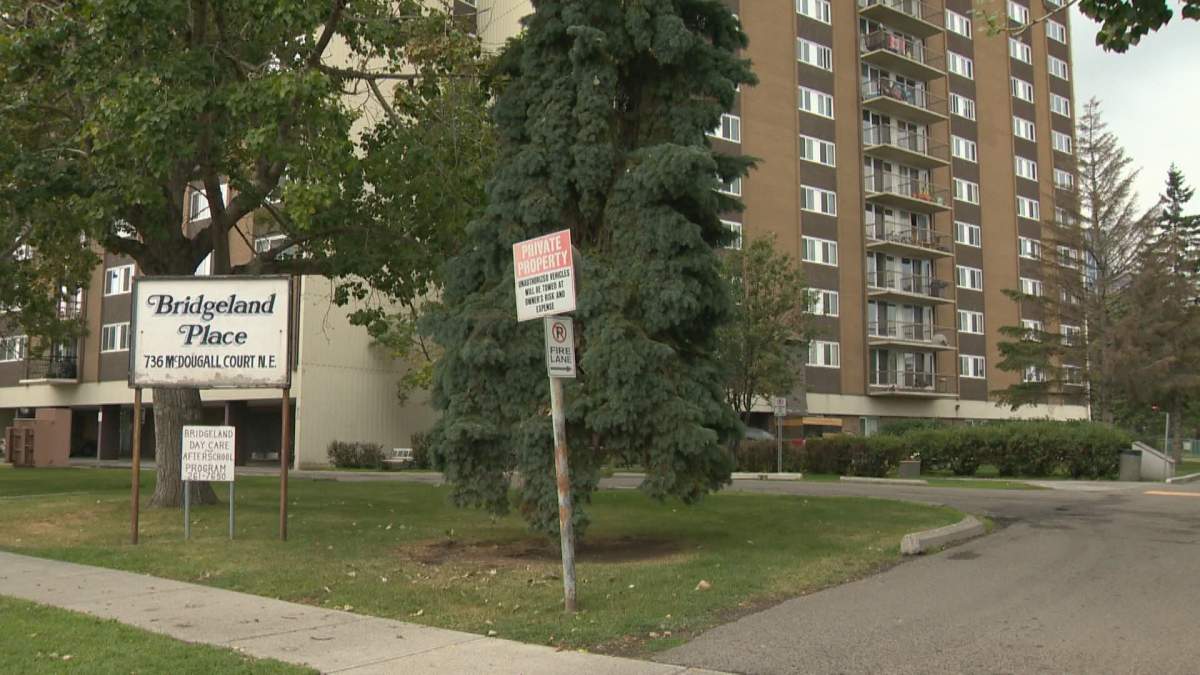How to fund the repair of Calgary’s aging infrastructure is going to be an increasingly expensive problem, and one that a future city council will have to address.

In the past three years, Calgary’s infrastructure funding gap has widened by about $2 billion.
The city’s infrastructure status report presented to the utilities and corporate services standing policy committee showed the 10-year infrastructure funding gap has increased from $5.67 billion in 2017 to $7.73 billion in 2020.
The gap represents how much money would need to be spent in the next decade on existing infrastructure.
“The infrastructure gap has increased since 2017 due to the current economic climate in Calgary, financial constraints with regard to infrastructure funding, potential project costs escalation — most recently from the global pandemic — and increasing investment needs from a growing and aging asset inventory,” city resilience officer Chris Arthurs said.
“We balance this through intentional annual investment programs and funding lifecycle and maintenance programs.”
Arthurs said the city’s administration takes a “multi-faceted approach” to address that balance, including adjusting service levels for access and affordability while also working with other orders of government who help fund the city’s infrastructure.
The report broke down infrastructure status and gaps by city service, representing an accumulation of many smaller gaps. But administration said it’s safe to say the unfunded infrastructure gap increases risk of service disruption, higher maintenance costs, safety and liability, and service levels.

Ward 1 Councillor Ward Sutherland said the report will be useful when the city has to ask for funding from other orders of government.
“That comes to when the province and the feds are doing their budgets, where we can give the input and show the data to say, ‘Here’s where a gap is,’” Sutherland told Global News.
The report graded infrastructure assets by condition, showing many sitting in “good” or “fair” condition. But a graph showed all of Calgary’s affordable housing in “poor” condition, something Ward 7 Councillor Druh Farrell took issue with.

Get daily National news
“How do we show that we care about housing for people more than facilities for vehicles?” Farrell asked the committee.
“I recognize that our bridges and tunnels and roads need to be safe, but they’re in great condition. And our housing is in average-poor condition, and I would say that demonstrates our values, probably more than any other graph that we can show in comparison.
“It’s not a good picture.”
Arthurs said there was “significant investments” in housing decades ago, a result of other governments’ plans, and the city is now advocating for more.
“It’s a balance of not just the city values, but also our ability to access and leverage other investment programs as well,” Arthurs said.
Mayor Naheed Nenshi has frequently said that Calgary needs a $500-million investment in affordable housing to eliminate functional homelessness in the city, and has asked both the provincial and federal governments for funding.
Bo Jiang, VP of asset management and maintenance with the Calgary Housing Company, noted that the graph showing 100 per cent of the city’s affordable housing units in poor condition reflects the condition of the city’s entire portfolio of properties.
“We are currently underway in developing our asset management strategy to actually break out the individual properties, so that we will have a proper breakdown of the various fiscal conditions for the next report,” Jiang said.
The city does have an asset management program, to balance service level, cost and risk, and Wednesday’s report — to be rewritten with more plain language — came to committee ahead of the next four-year budget cycle.
“Our concern is obviously that there will be a large turnover in council and when they do their four-year budget, they really need to understand the infrastructure, the impact, the costing, etc.,” Sutherland said.
“The better we can construct a report that has that in plain language, the better the decisions will be.”
Sutherland said that, with the potential of eight of the 15 seats around council being novice members come October’s election, the need for financial or business experience when dealing with matters like infrastructure is plain to see.
“This is a four-billion dollar a year corporation and part government, and you really do need a lot of good financial and business background to be able to understand what’s going on.”
The City of Calgary 2020 Infrastructure Status Report – early version by Adam Toy on Scribd












Comments